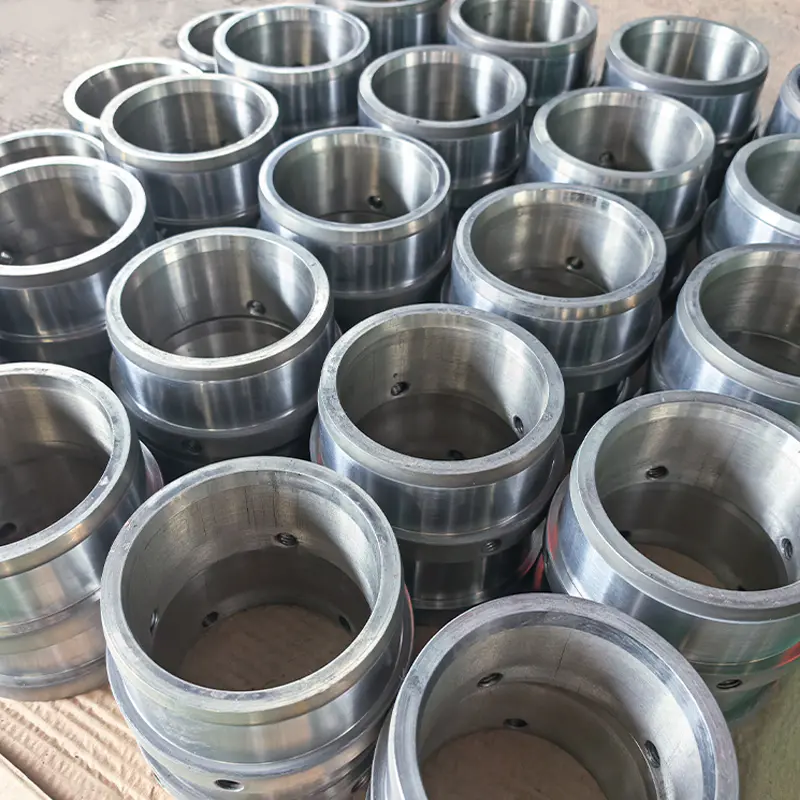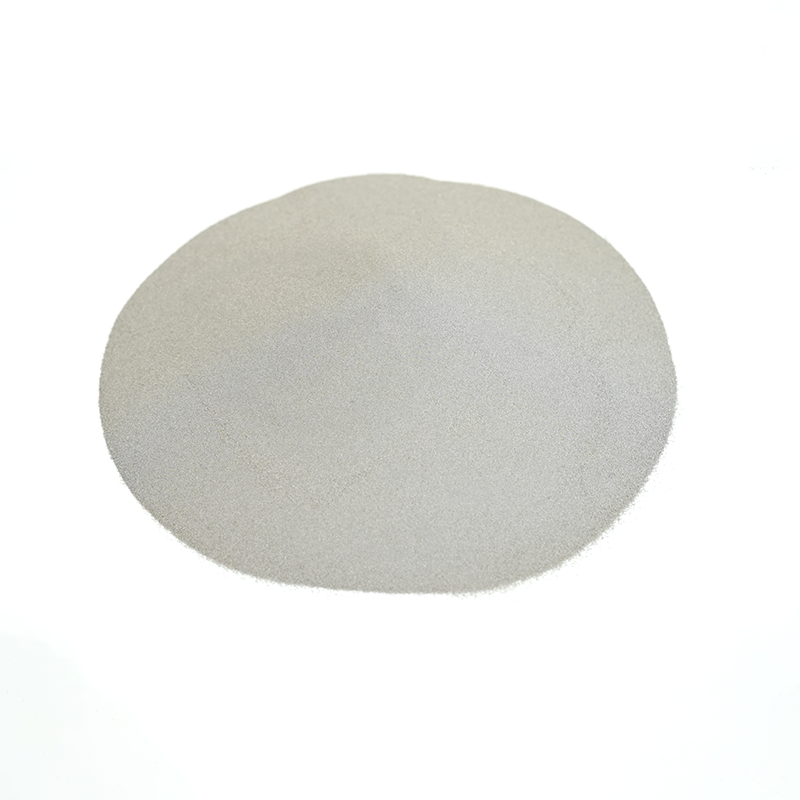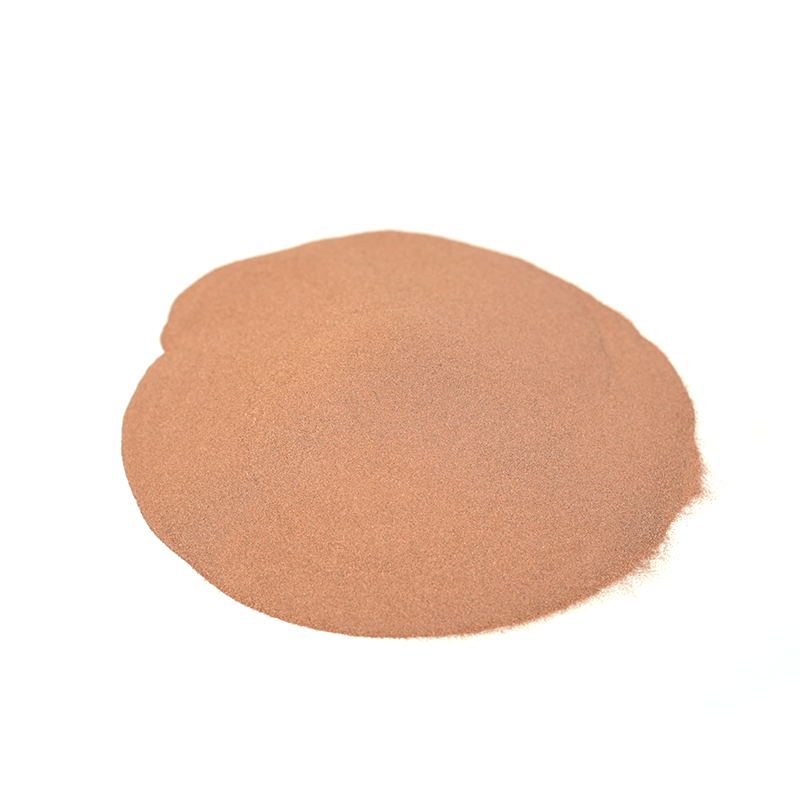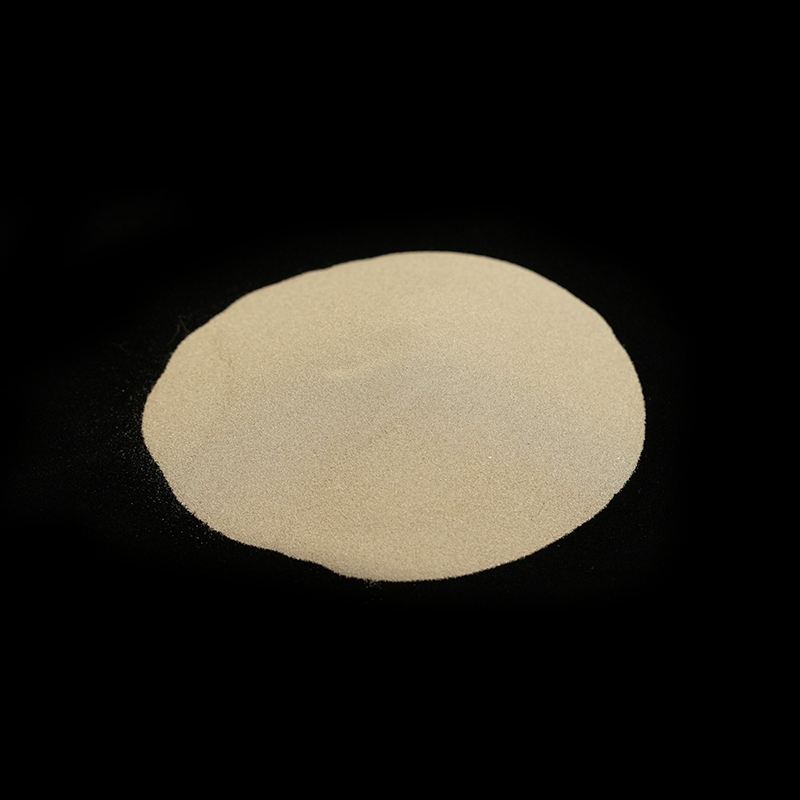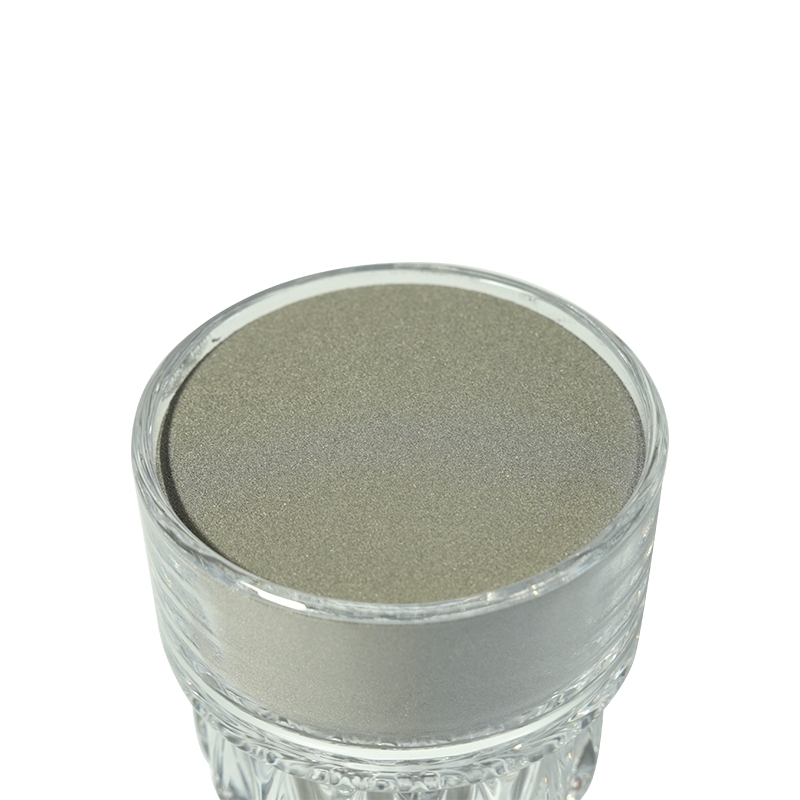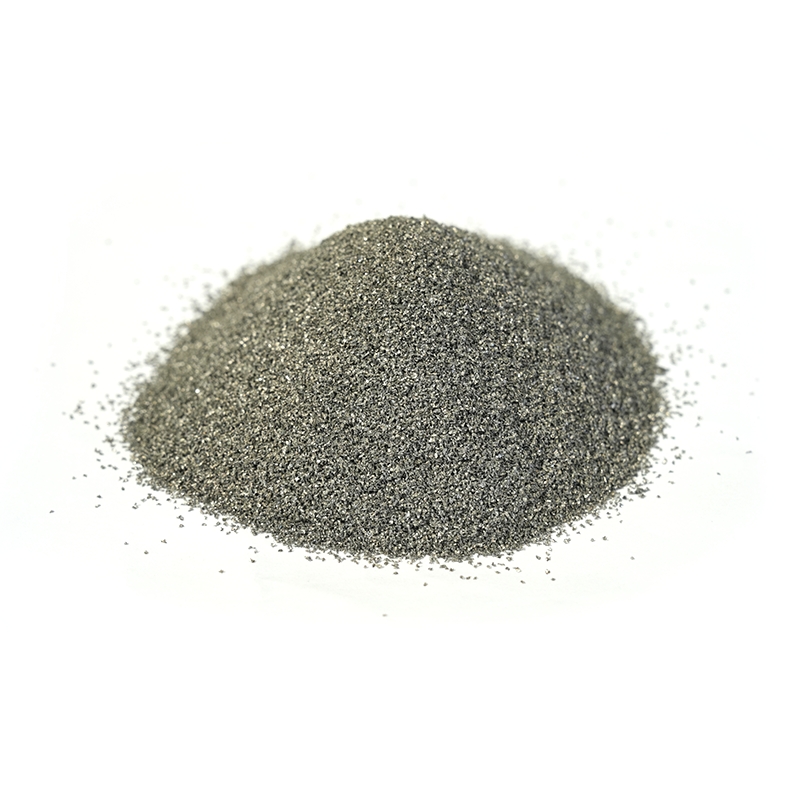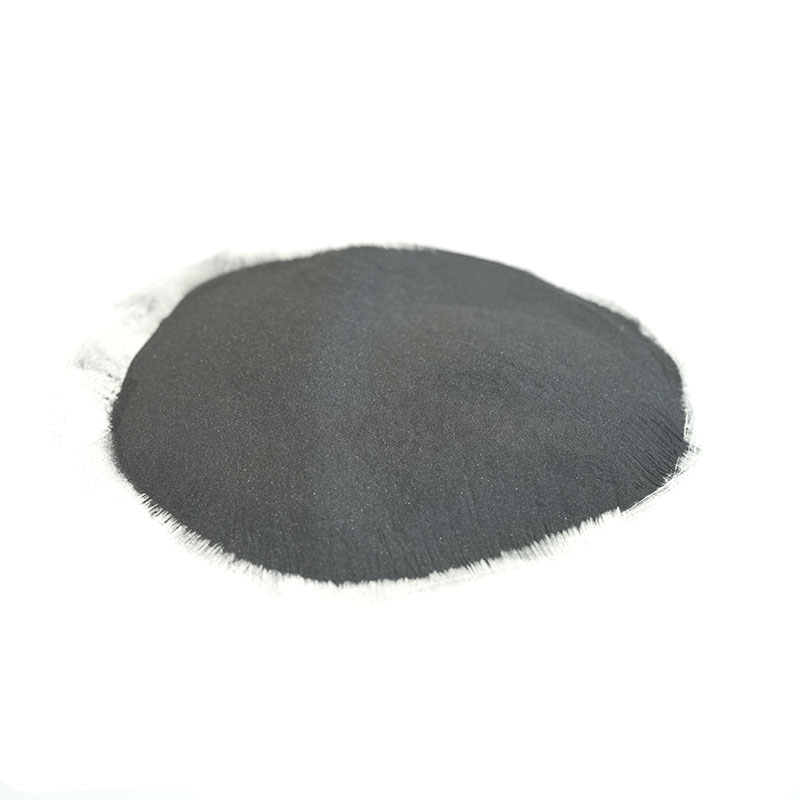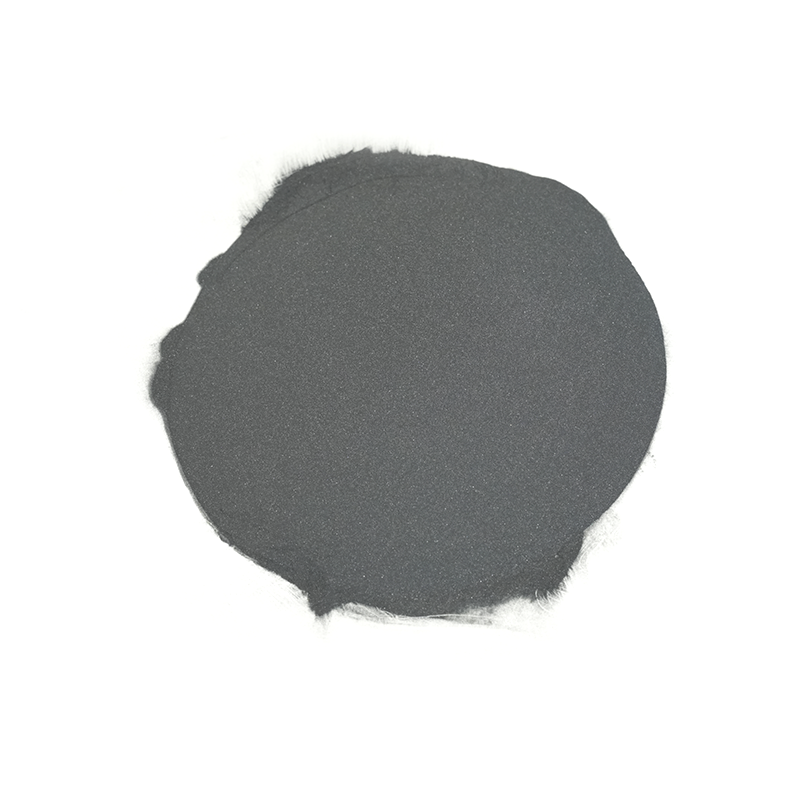The modern industrial landscape relies heavily on highly specialized materials, and alloy powder stands out as a critical component driving innovation in sectors ranging from aerospace to medical devices. This sophisticated product is more than just finely ground metal; it is an engineered material specifically designed to meet extreme performance demands.
The Science Behind Alloy Powder
An alloy powder is a material composed of multiple elements—at least one being metallic—processed into particles typically ranging from micrometers to millimeters in size. The fundamental advantage lies in controlling the material's composition and microstructure at the particle level.
The key to its versatility is the ability to precisely tailor properties:
-
Custom Chemistry: By combining elements like nickel, chromium, molybdenum, and cobalt, manufacturers create superalloys with exceptional resistance to heat, corrosion, and wear.
-
Controlled Morphology: The shape of the particles (spherical, irregular, or dendritic) dictates how the powder packs and flows, which is crucial for subsequent manufacturing steps. Spherical alloy powder, for instance, is highly desirable for consistent layer application in 3D printing.
-
High Purity: Strict control over oxygen content and contaminants is essential, particularly for high-stress applications, ensuring the final component's integrity.
Versatile Processing with Alloy Powder
The utility of alloy powder is realized through advanced processing techniques that cannot utilize bulk materials:
1. Additive Manufacturing (AM)
AM, or 3D printing, has become the dominant application for high-end alloy powder. Techniques like Laser Powder Bed Fusion (LPBF) and Electron Beam Melting (EBM) utilize layers of spherical powder, selectively fusing them with energy. The quality of the alloy powder directly dictates the density, surface finish, and mechanical strength of the finished part. This enables the creation of complex geometries impossible with traditional casting or machining, such as lightweight lattice structures or intricate cooling channels.
2. Hot Isostatic Pressing (HIP)
HIP is a process where components (often pre-formed from powder) are subjected to high temperatures and uniform pressure. Using alloy powder instead of solid billets allows for the creation of near-net-shape parts with virtually zero porosity, resulting in significantly improved fatigue life and reliability. This is vital for components like turbine blades or high-pressure valves.
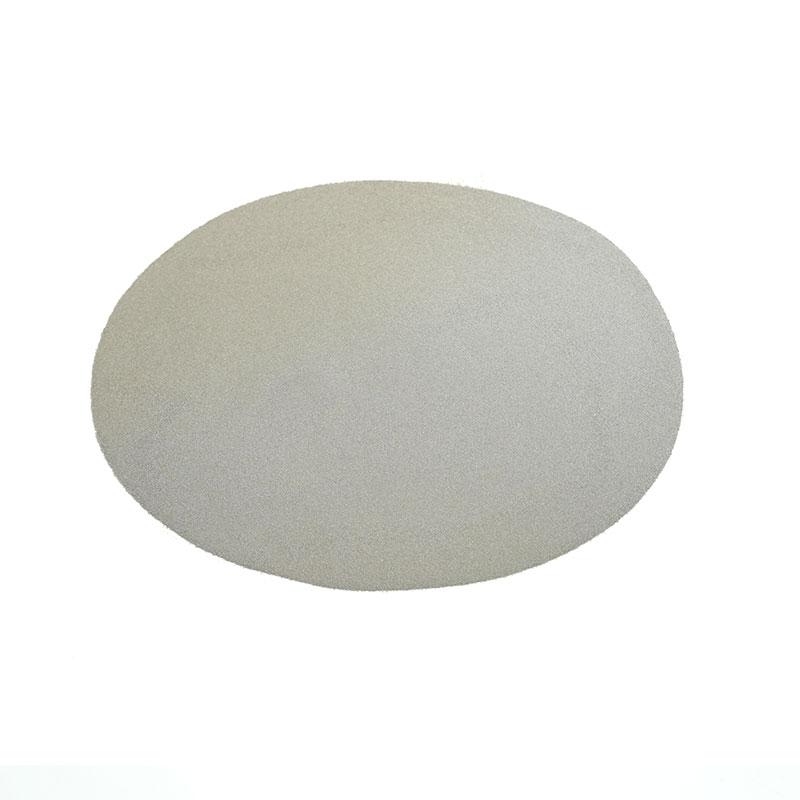
3. Metal Injection Molding (MIM)
For small, complex, high-volume parts, MIM blends fine alloy powder with a binder to create a "feedstock," which is then molded like plastic. After the binder is removed and the part is sintered, the result is a dense, high-strength metal component that is extremely cost-effective for mass production.
Driving Innovation in Key Industries
The development of new, specialized alloy powder formulations—such as those based on titanium for biocompatibility or refractory metals for extreme temperature resistance—continues to push the boundaries of engineering. As manufacturing processes become more precise and demanding, the quality and characteristics of the raw alloy powder remain the primary determinant of material success and product performance across the global economy.


 English
English русский
русский عربى
عربى